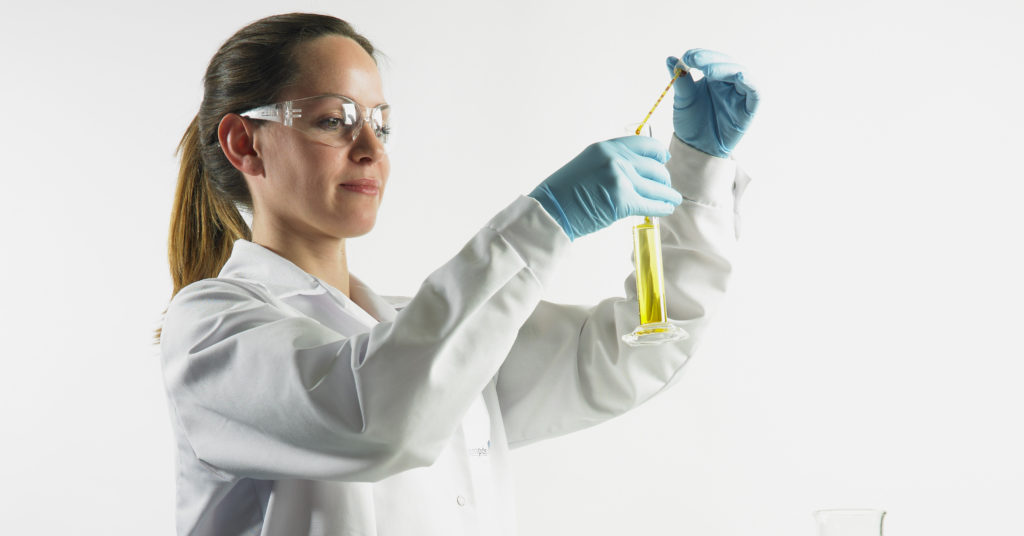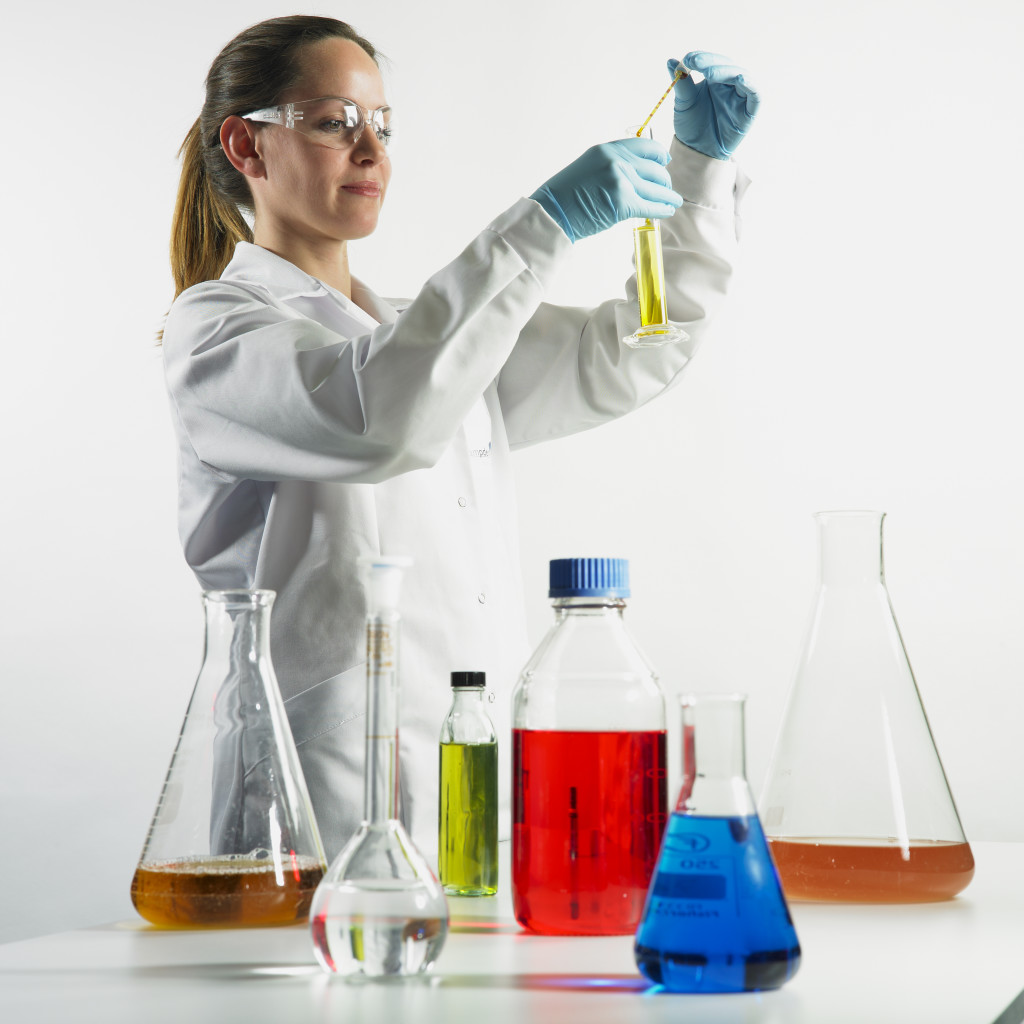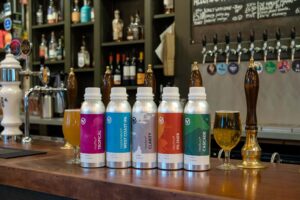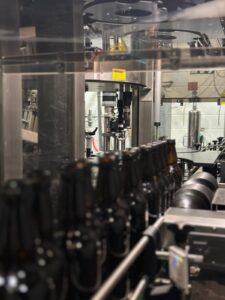With the demand for these beverage styles, we have been answering an increasing number of technical questions on this topic and assisting in overcoming various pinch points. This white paper highlights some of these technical issues, and outlines some approaches that may help as you develop these novel products.
Microbiological stability
This is essentially the burning issue, since failure to ensure microbial stability could result in exploding bottles and danger to the consumer. These novel beverages are more vulnerable to spoilage than traditional alcoholic beverages since they often have added sugar, may have a lower (or zero) alcohol content and may have virtually no hops. As such, the pasteurisation protocol must be adapted for each product in order to mitigate this risk.
In-house challenge tests can be adapted to check that the pasteurisation is sufficient, ensuring that a suitably resistant test organism is selected. When creating a range of products, a useful approach is to categorise them by microbial risk in order to ensure that they go through the correct pasteurisation procedure.
Finally, some producers add preservatives, to avoid excessive heat treatments and to improve colour and flavour. This year, we have conducted a member funded project to produce guidelines on pasteurisation procedures for these beverages, and so we can provide further information and guidance on this key issue.
Sweetening the products
The most common sweetener used in these products is sucrose, which has the advantage of being natural with a pleasant taste, but has the disadvantage in that it is expensive. Fructose is also natural, can actually boost fruity flavours, but it is also expensive. From a technological viewpoint, both sucrose and fructose are water soluble, colourless, and heat stable, but their usage requires significant investment in dispensing, dosing and mixing technology.
Added sugars also add calories, and so an alternative is to consider using artificial sweeteners. Again these tend to be water soluble and colourless, can be cost effective and have the advantage that dosing equipment is not required and pasteurisation may be avoided. On the other hand, be aware that sweeteners can have a significant aftertaste, and that it may be necessary to explore adjusting the product composition to mask these.










